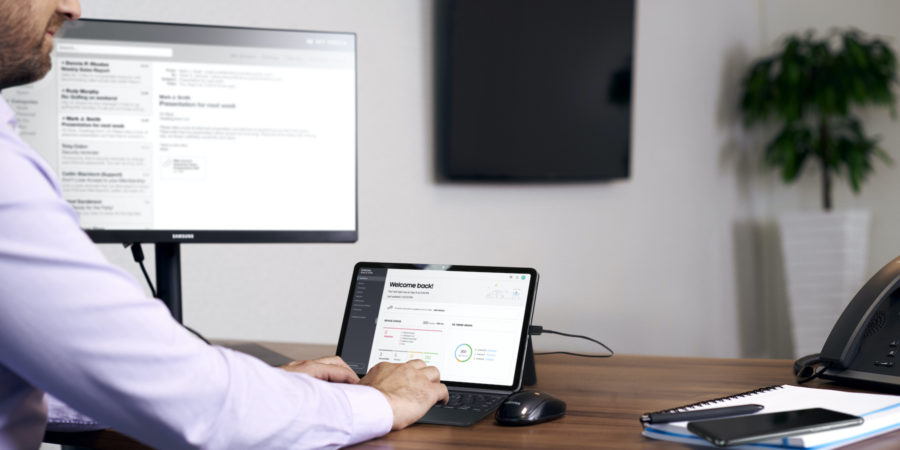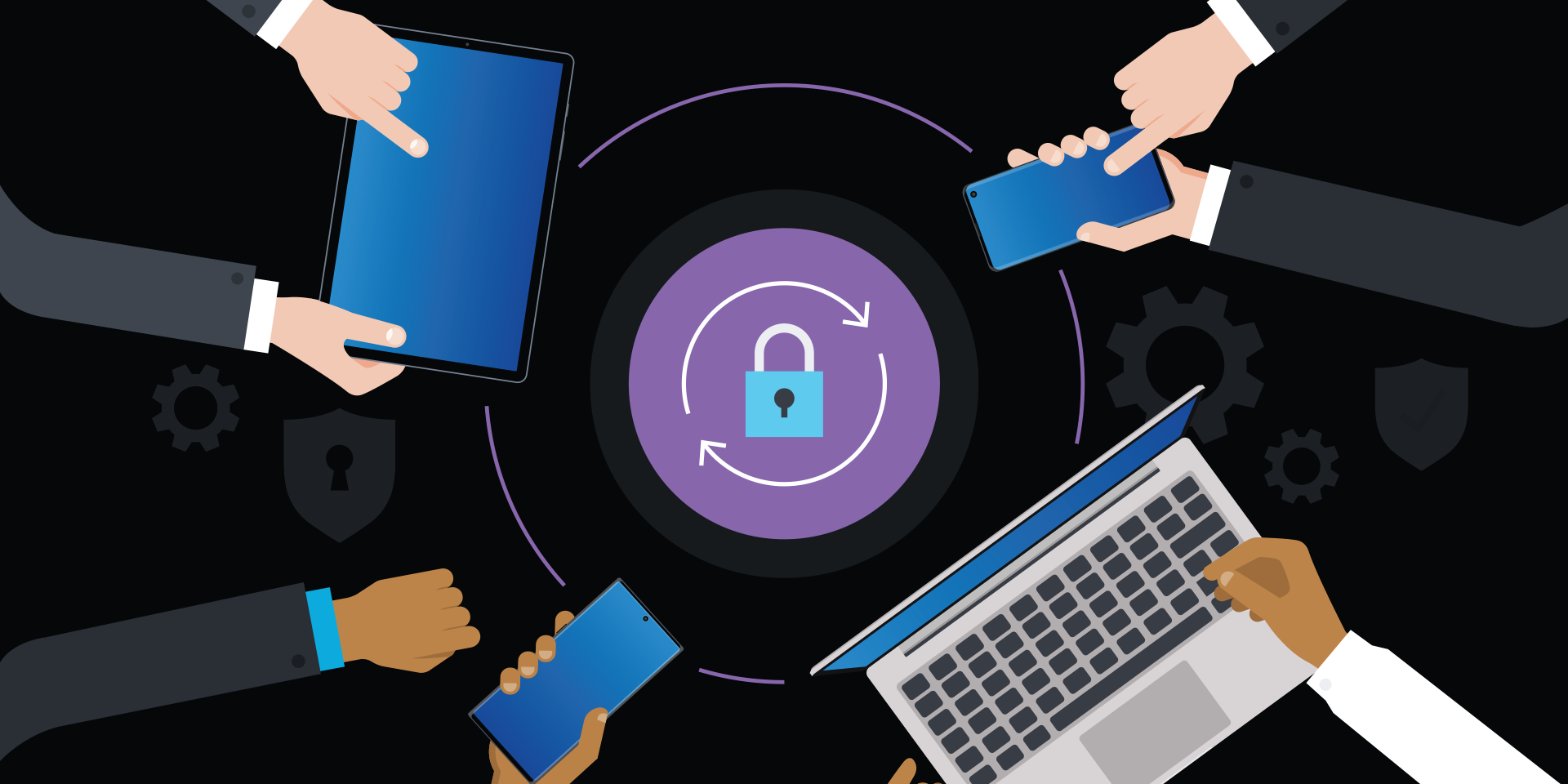As mobile device use in the enterprise continues to expand, so does the workload on IT administrators involved in mobile device management (MDM). Among the most difficult aspects to manage are firmware and OS updates, which can enhance mobile device security but can also cause compatibility issues with critical mobile apps.
Often, IT is stuck with an all-or-nothing policy — either block all updates and risk inadequate security, or allow all updates and risk compromising critical apps. But with Samsung Knox Enterprise Firmware Over-the-Air (Knox E-FOTA), your IT team is given greater control, letting them test OS and firmware updates before pushing them to your mobile device fleet. This selective update feature allows IT to check that each update is ready to implement and that it won’t interfere with your business’ critical apps.
Knox E-FOTA is a licensed service available as part of Knox Suite, which you get free for one year with Enterprise Edition devices such as the Samsung Galaxy S21 and Galaxy Tab Active3. Here’s a look at how the Knox E-FOTA management solution works in real-world scenarios:
OS updates, tested and on schedule
With Knox E-FOTA, IT administrators can postpone firmware updates and push them out to select user groups on their schedule.
To test an OS update or maintenance release, IT should first select a pilot group of users, with a mix of as many device models as possible.
Mobile device management for beginners
Get started with MDM so your organization can spend less and do more — securely and efficiently. Download Now
At the onset, IT should outline what they’re testing for. This will help you decide whether testing should be performed by one team or multiple teams. A security patch that doesn’t include any major functionality updates, for instance, probably won’t require as much testing as a full OS version update.
Testing should be done for all business critical applications, including both licensed and custom developed. Testing should be done for all usage scenarios, and issues should be documented and prioritized. Some issues may require the rollout of the new OS version to be postponed, while others may require development work implemented as a fast-follow. Testing should also be done with any peripherals that users regularly connect to with their mobile devices, such as barcode scanners, sensors or external cameras.
The testing phase also allows IT teams to create documentation for tech support. Helpful documents may include screenshots of the steps that end users will need to take to access key device features, especially if the OS update entails significant UI changes.
When an OS update is approved and pushed to users’ devices, IT can use Knox E-FOTA to set other installation criteria, like access to Wi-Fi and a minimum level of battery life, so that updates are quick and hassle-free.
Mandatory software updates
While you may opt to let end users update devices on their own schedule, it’s challenging to get complete compliance from users when pushing manual updates. Forcing these updates leaves no room for error.
Knox E-FOTA gives you peace of mind without asking anything of users. Installing critical security patches and OS updates is fast and simple, and you can validate they’ve been implemented on all your deployed devices. You can also schedule updates to take place at a defined time of the day, such as overnight, so that disruption is minimized.
Along with E-FOTA, Knox Suite includes Knox Mobile Enrollment (KME), Knox Manage and Knox Platform for Enterprise (KPE). Together, these device management tools provide you a seamless, secure mobile deployment — and provide ongoing support as your needs change.
As more people are working from home than ever before, your corporate-liable mobile security needs to be tighter than ever. Learn more about how Samsung devices keep your company’s data safe. Not sure which smartphone is right for your business needs? Take this short free assessment for tips.






